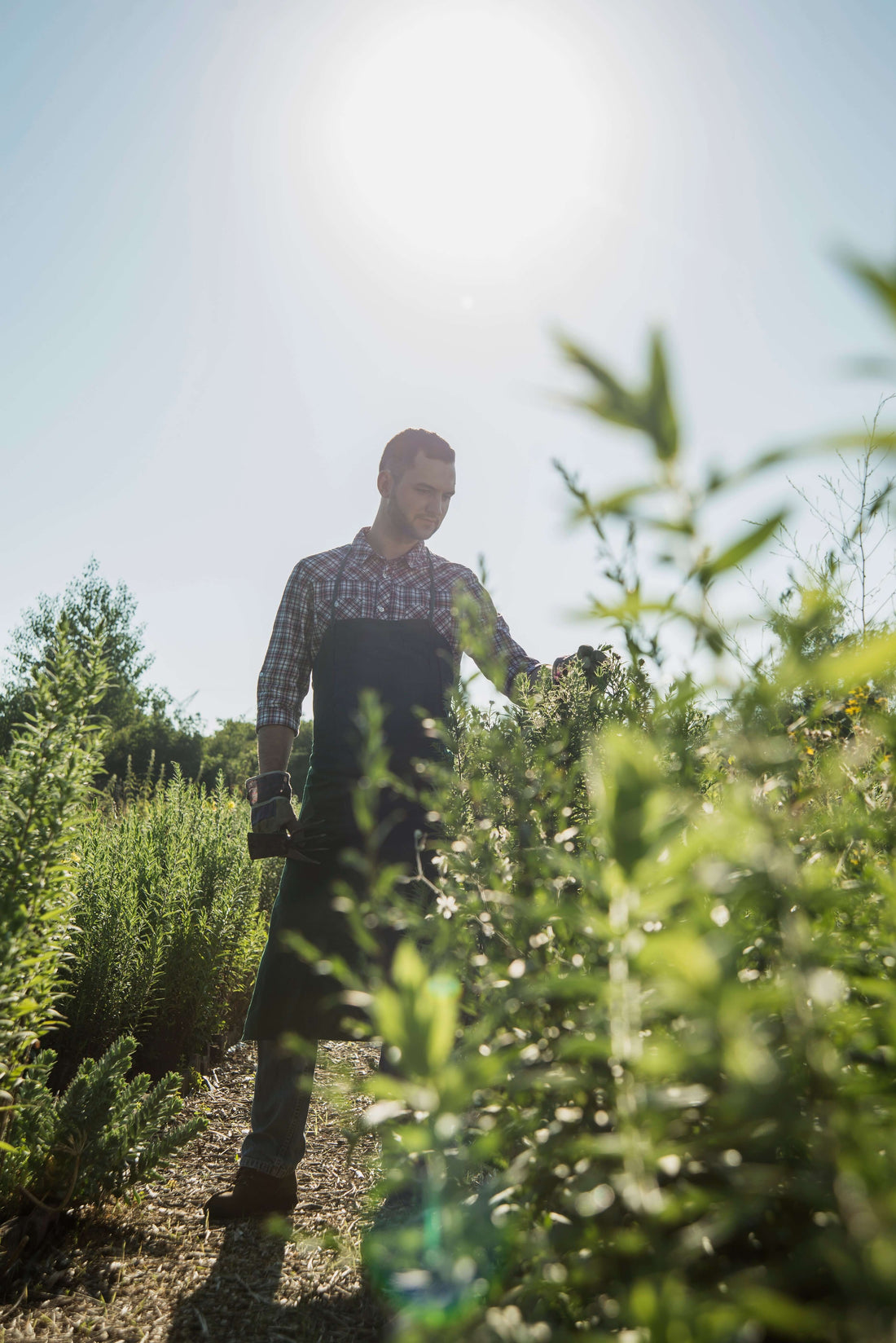
Organic Growing Guide: How to Plant Parsley and Cilantro in the United States
Share
Growing herbs organically is a rewarding way to enhance your garden and kitchen with fresh, flavorful ingredients. This guide focuses on two popular culinary herbs—parsley and cilantro—and outlines best practices for growing them organically in the United States using only organic fertilizers, worm castings, and dairy compost. Whether you're a backyard gardener or small-scale farmer, these step-by-step methods will help you succeed using sustainable inputs.
Topics Covered in This Guide:
-
Understanding Parsley and Cilantro Growth Habits
-
Best Time and Climate for Planting
-
Soil Preparation with Organic Inputs
-
Seed Starting and Transplanting
-
Watering and Maintenance
-
Pest and Disease Management (Organic-Only)
-
Harvesting and Storage Tips
-
Recommended Organic Products and Where to Get Them
🌿 Guide 1: Growing Organic Parsley in the United States
1. Overview of Parsley
Parsley (Petroselinum crispum) is a biennial herb often grown as an annual for its fresh, aromatic leaves. There are two main varieties: curly leaf and flat-leaf (Italian) parsley. It thrives in cool to mild climates and is suitable for USDA zones 4–9.
2. When and Where to Plant
Parsley prefers full sun but tolerates partial shade. Plant it in early spring after the danger of frost or late summer for a fall harvest. For warmer climates, late fall planting allows winter growth.
3. Soil Preparation Using Organic Amendments
Parsley needs well-drained, nutrient-rich soil with a pH of 6.0–7.0. For organic preparation:
-
Loosen soil to a depth of 8–10 inches.
-
Incorporate Dan’s Gold Organic Dairy Compost (link) at a rate of 2 inches tilled into the top 6 inches of soil. This provides a rich source of organic matter and slow-release nutrients.
-
Add Mikey’s Worm Poop (Worm Castings) (link) at the rate of ½ cup per square foot to enhance microbial activity and root development.
4. Seeding and Transplanting
Parsley seeds have a slow germination rate. Soak seeds for 12–24 hours before planting.
-
Direct sow: Plant seeds ¼ inch deep, spaced 1 inch apart.
-
Transplanting: Start indoors 6–8 weeks before the last frost. Harden off seedlings before planting outdoors.
-
Thin seedlings to 6–8 inches apart when they reach 2 inches tall.
5. Watering and Maintenance
Keep soil consistently moist but not waterlogged. Mulch with organic straw or compost to retain moisture and suppress weeds.
6. Organic Fertilization
-
Side-dress with additional Dan’s Gold Compost every 4–6 weeks during the growing season.
-
A light top-dress of Mikey’s Worm Poop mid-season boosts vitality.
7. Pest and Disease Control
Parsley is relatively hardy but can be affected by aphids and leaf spot. Use:
-
Companion planting (e.g., tomatoes, onions)
-
Organic neem oil or insecticidal soap as needed.
8. Harvesting
Begin harvesting outer leaves once plants are 6 inches tall. Regular cutting promotes new growth.
9. Where to Buy Organic Inputs
For premium organic soil amendments, visit Soil, Seed & Water to shop top-tier products like Dan’s Gold Compost and Mikey’s Worm Poop.
🌿 Guide 2: Growing Organic Cilantro in the United States
1. Overview of Cilantro
Cilantro (Coriandrum sativum) is an annual herb grown for its leaves (cilantro) and seeds (coriander). It prefers cooler temperatures and bolts quickly in the heat, making spring and fall the best seasons for growth.
2. Ideal Planting Conditions
Plant in USDA zones 3–10 during early spring or late summer. Cilantro needs full sun to light shade and flourishes in cool weather between 50–75°F.
3. Organic Soil Preparation
Cilantro prefers light, well-drained soil with high fertility.
-
Add 2–3 inches of Dan’s Gold Organic Dairy Compost (link) and till into the top 6 inches.
-
Supplement with Mikey’s Worm Poop (link) at ½–1 cup per square foot to increase nutrient availability and support beneficial microbes.
4. Direct Sowing Instructions
Cilantro dislikes transplanting, so direct sowing is best:
-
Plant seeds ¼ to ½ inch deep, spaced 1–2 inches apart.
-
Thin to 6 inches apart once seedlings are 2 inches tall.
5. Watering and Care
Maintain even soil moisture to prevent bolting. Use compost mulch to retain water and improve soil structure.
6. Organic Fertilizer Application
-
Apply a top-dress of Dan’s Gold Compost every 4–5 weeks.
-
Mid-season, scratch in a light amount of Mikey’s Worm Poop around each plant to rejuvenate root health.
7. Managing Bolting and Pests
To delay bolting:
-
Provide partial afternoon shade.
-
Plant successively every 2–3 weeks for a continual harvest.
Common pests include aphids and leaf miners. Use:-
Floating row covers.
-
Neem oil or insecticidal soap for organic control.
-
8. Harvesting Tips
Harvest leaves when they are 4–6 inches tall. Cut outer leaves first or harvest whole plants just before flowering.
For coriander seeds:
-
Let the plant bolt and form seeds.
-
Harvest seed heads when they turn brown and dry them in a paper bag.
9. Where to Find Organic Supplies
Visit Soil, Seed & Water for trusted organic amendments that boost herb health and soil vitality.
Final Thoughts
Parsley and cilantro are versatile herbs that thrive with a well-prepared organic approach. Using inputs like Dan’s Gold Organic Dairy Compost and Mikey’s Worm Poop Worm Castings supports a living soil system and ensures a chemical-free, sustainable harvest.
For more resources, products, and tips on organic gardening, visit Soil, Seed & Water—your trusted partner in regenerative soil health.
